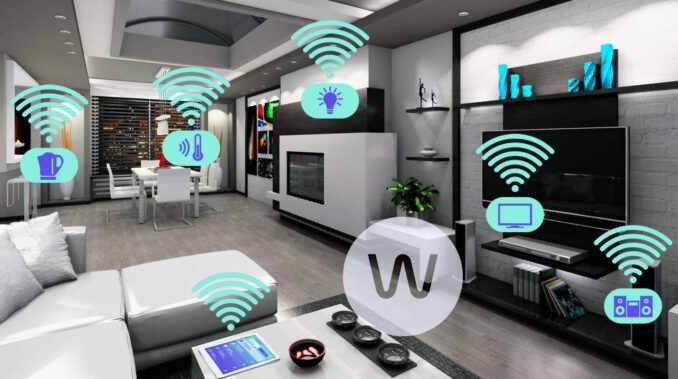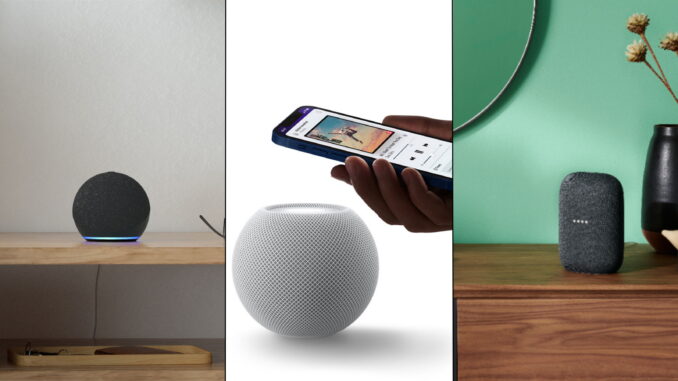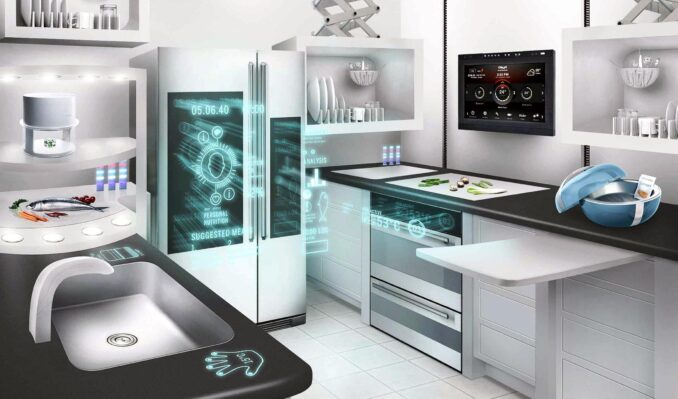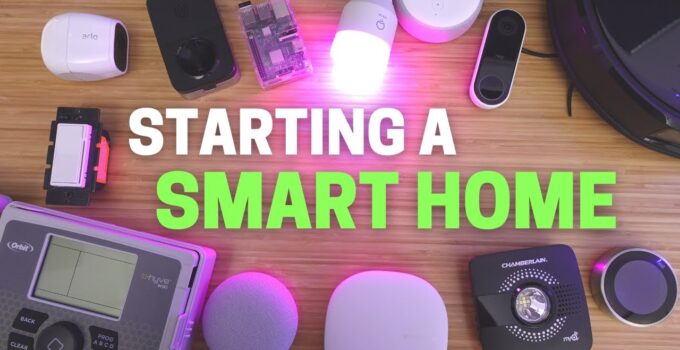In our homes, the bedrooms are where we relax, the bathroom is where we take care of our business, the kitchen is where we prepare our meals, and the garden is where we get our fresh air. The living room is where we entertain guests and convene as a family. With the advent of the Internet of Things (IoT), you can now take a regular space and upgrade it to become a lot smarter than it was before. This article will teach you all you need to know and suggest what tech you should choose, and what you should avoid.
Internet of things (IoT) – Explained

Source:facebook.com
The internet of things is defined as an ecosystem where different pieces of tech communicate with each other using an array of sensors, processors, and software. Connected to each other via the internet, these devices are becoming increasingly popular across the globe. What started with color-changing lightbulbs you could control with your phone has evolved into a wide array of gadgets that have expanded into all parts of your home. From bulbs to switches to security systems to vacuum cleaners to appliances and even your garage door. All of these devices can now be connected to a network and operated from the palm of your hand. Google, Apple, and Amazon have jumped aboard this trend and have created ecosystems where all these devices can be synchronized with one another.
For instance, when you wake up in the morning, the lights will turn on, your coffee machine will begin to brew, the water heater will get your water ready, and your robot vacuum cleaner will begin picking up dirt.
The Do’s and Don’ts
The internet of things has the ability to make life incredibly simple for us. Having basic functions of our lives automated not only saves us time but also money. We have compiled a list of the dos and don’ts of the IoT for you to know before you get started.
Do’s
Plan Ahead

Source:livingetc.com
Before you get into the world of IoT, understand what you want. For starters, choose an ecosystem you want to use. The three most common are GoogleHome, Apple Homekit, and Amazon Alexa. All three are incredibly powerful and are supported by almost all of the best brands out there. From their interface, you can control all of your devices. Choose the best one based on your preference.
Next, pick and choose which devices you want to replace. The basics include lightbulbs, wall sockets, switches, and thermostats. building on this, you have smart locks, sprinklers, security systems, and motion sensors. The list goes on.
For instance, if you want to pair your IoT with a good entertainment system, you can use a smart TV in conjunction with smart speakers, and synchronize it with smart lights for added depth. Take it a step further by using DirectTV to save money and get access to your favorite channels. Reach out to DirectTV servicio al cliente to learn what the service has in store for you.
Assess The Architecture
Before you upgrade the gadgets in your home, make sure the place is ready for it. For instance, are there any structural limitations such as thick walls that won’t allow seamless internet connectivity? To cater to your devices, is a single router enough, or do you need a mesh network? Is the wiring in perfect condition? To ensure the IoT devices are working in sync, you need to ensure your home is ready to cater to them.
Overlook Ease of Use
When picking out the devices you want to use, make sure they not only do the job but are also simple to use and integrate into your home. You use IoT to make life simpler, not more complicated. If you aren’t sure which way to go, people at stores or tutorials online allow you to get a better understanding of each product and how it works. If you are new to IoT, we would suggest you opt for more established brands since they are more widely accepted and there is plenty of help available around in case something goes wrong.
Don’ts
Overlook Security

Source:facebook.com
When integrating IoT into your home, make sure you make it a point to add a layer of security to your system. On the digital front, make sure no one has access to any passwords or key codes that can be used to access your network. If you are using Google GoogleHome, Apple Homekit, or Amazon Alexa, make sure no one has access to your accounts. They could infiltrate the network and cause a lot of harm.
On the physical front, invest in a smart security system – it is a relief beyond measure. You can lock doors, set alarms, and use cameras to watch your home at all times. You can assign certain zones that are off limits when you aren’t home so if someone wants to break in the alarm will go off, with video being recorded. For instance, if you have to run an errand and leave your children with a babysitter, smart cameras allow you to keep an eye on things and ensure nothing unusual happens.





